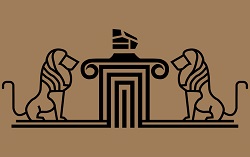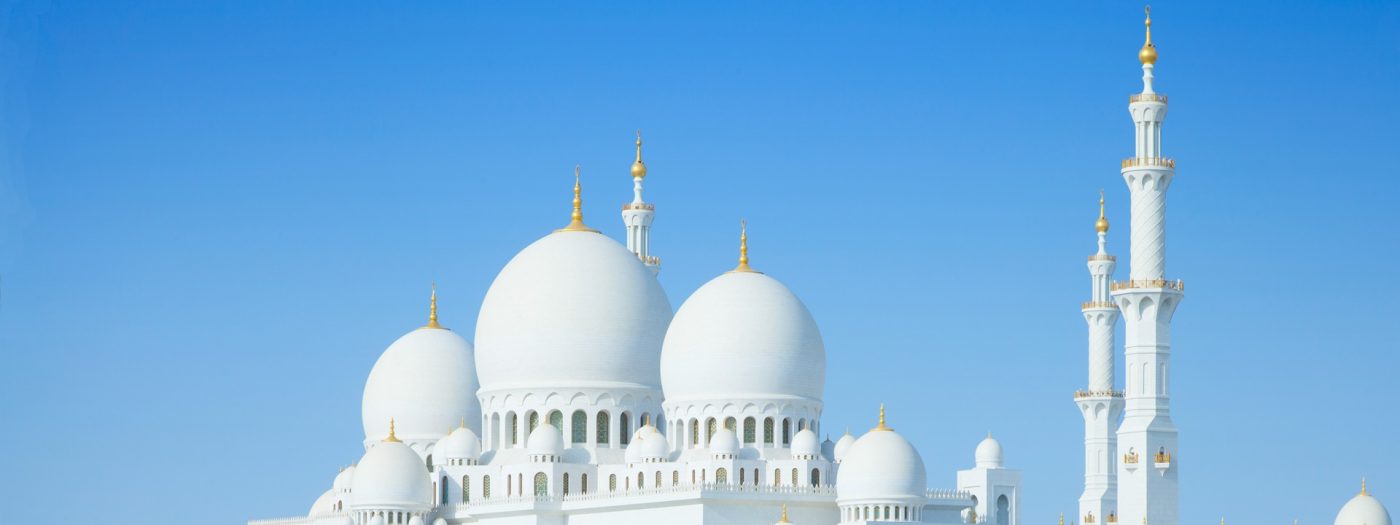Location: Abu Dhabi
Construction: 1996 – 2007
Dimensions: 290 x 420 metres
Base Area: 12 ha
Capacity: 40,000 people
Built for: Sheikh Zayed bin Sultan Al Nahyan
Materials: Marble, gold, semi-precious stones, crystals, and ceramics
The Sheikh Zayed Grand Mosque is an excellent example of timeless architecture that represents both the traditions and modernity. It is an iconic structure, standing on the edge of the city, which draws thousands of worshippers and visitors daily. The construction of the Mosque began in 1996. With the help of 3,000 workers and 38 contracting companies, it was completed in 2007 after 11 years. Sheikh Zayed’s sons completed this iconic project, after his death in 2004.
The Architecture
Architecturally, the Sheikh Zayed Mosque is rich with all sort of Islamic traditions but most commonly Mughal and Moorish. The Hassan II Mosque in Casablanca, the Badshahi mosque in Lahore and Taj Mahal India were the main inspirations for the architecture of the Mosque. The main four Minarets are derived from traditional Islamic Architecture standing at each corner of the courtyard with 107 m height, while the white domes are Moroccan.
This Mosque also borrowed the floral patterns from the real flowers, which are widely spread on the marble floors and columns throughout the Mosque, with a modern twist than a traditional Islamic floral design. Sheikh Zayed himself was fond of flowers and gardens, so he wanted these patterns all over the Mosque to represent heaven.
The Sheikh Zayed Mosque has a lighting system that changes with the phases of the moon like the Mosque is illuminated in white when the moon in full, and dark blue when the moon is a crescent – unlike the traditional green illumination of most mosques in Abu Dhabi.
The Materials
The Sheikh Zayed Mosque is built with all the natural materials including marble, other natural stone, gold, semi-precious stones, crystals, and ceramics. The columns of the outer areas of the Mosque are made of 20,000 marble panels inlaid with semi-precious stones which include amethyst, lapis lazuli, red agate, abalone shell, and mother of pearl, which form the colourful vines and floral patterns that wind their way up the marble. The columns of the main prayer hall are inlaid in mother of pearls. Almost 30 different types of marbles are used throughout the Mosque, including Aqua Bianca, Bianca and Lasa from Italy that is used in the internal elevations, Sivec from Greece and Macedonia being used on the external cladding, Makrana from India being used in the annexes and offices, and East White and Ming Green from China.
Therefore, the Sheikh Zayed Mosque is considered the capital’s most prominent and iconic feature that symbolizes the Modern Islamic Architecture. It was first dreamt of by Sheikh Zayed, whose tomb is also present inside and prayers are sung over the grave 24 hours a day.



